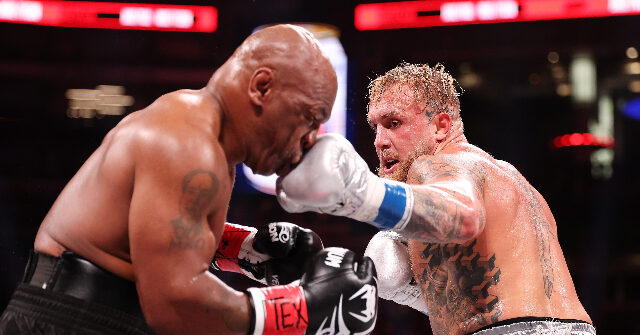Netflix is currently embroiled in a class action lawsuit following significant streaming issues during a highly anticipated live boxing match between Mike Tyson and Jake Paul. This fight, which garnered an impressive 108 million viewers worldwide, became the most-watched sporting event ever on the platform. Despite this monumental success, a substantial number of subscribers faced ongoing buffering and caching problems, leaving many unable to watch significant portions of the event. Reports indicate that the platform’s streaming failures sparked outrage across social media, with hashtags like “NetflixBroken,” “unwatchable,” and “#buffering” trending as frustrated viewers attempted to share their experiences.
The complaints from affected viewers are encapsulated in a lawsuit filed in Florida state court. The legal action cites Netflix’s prior knowledge of potential streaming issues and distributes blame for the failure. It describes how subscribers had every reason to expect reliable service during such a high-profile live event, especially given the company’s past difficulties with streaming. The plaintiffs are claiming breach of contract, arguing that Netflix failed to meet its obligations and handle the influx of viewers appropriately. Additionally, the complaint accuses the company of violating Florida’s laws concerning deceptive trade practices and consumer protection.
In what appears to be a further complication, the lawsuit points out Netflix’s decision not to issue refunds or discounts in response to the chaos. Instead, the lawsuit alleges that Netflix continued billing customers for services that were not delivered, which exacerbated the frustration and indignation among viewers. These allegations of negligence by Netflix center around the expectation that the company would provide the programming its subscribers pay for, which did not occur during the live event.
Before the fight, confidence was high regarding Netflix’s streaming capabilities. Gabe Spritzer, Vice President of Netflix’s sports division, reassured the public that the company was “excited and prepared” for the anticipated viewership surge. Similarly, fight promoter Nakisa Bidarian expressed confidence in Netflix’s infrastructure, suggesting that their servers would handle the event smoothly. Despite these assurances, reports of streaming issues began surfacing almost immediately when the match started, with around 97,000 incidents logged within hours.
As the issues persisted, many subscribers expressed their frustrations and disappointment on social media, showing a clear trend of dissatisfaction and demanding accountability from Netflix. This situation has highlighted the challenges that streaming platforms face when managing live events, particularly those that attract a large audience. Netflix’s failure to adequately prepare for the overwhelming demand during this boxing match has called into question its competence in delivering live sports content.
In conclusion, the class action lawsuit against Netflix stands as a significant response from subscribers who felt let down by the platform’s failure to provide a seamless viewing experience during a landmark sporting event. The outcome of this legal action may have broader implications for how streaming services manage high-profile live events and their responsiveness to customer concerns in the future. As the case unfolds, it remains to be seen how Netflix will address these serious allegations and what steps they will take to prevent similar incidents from occurring again.

